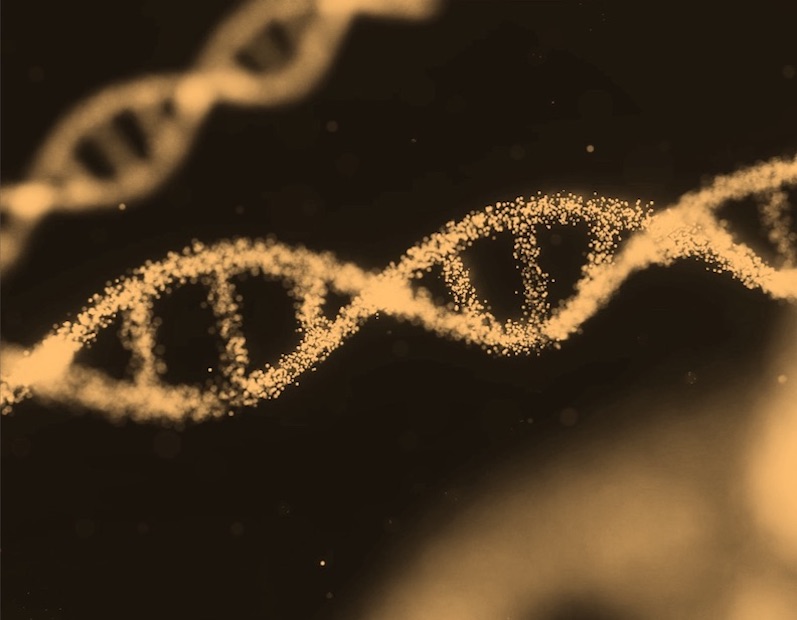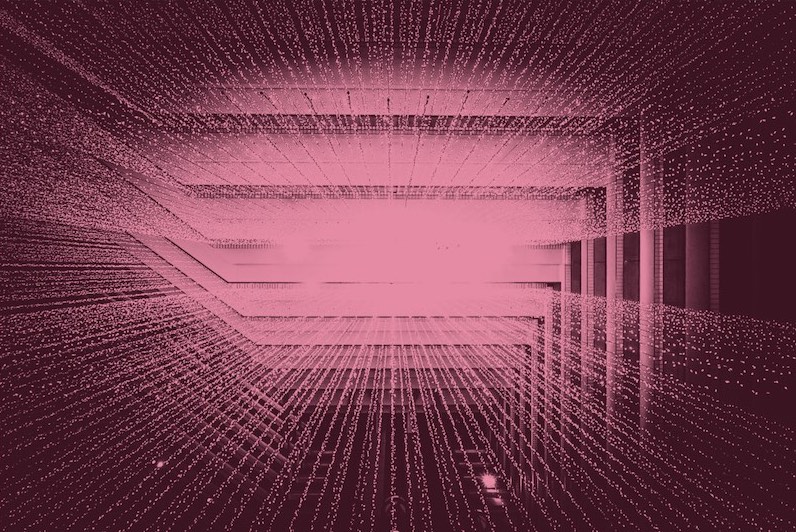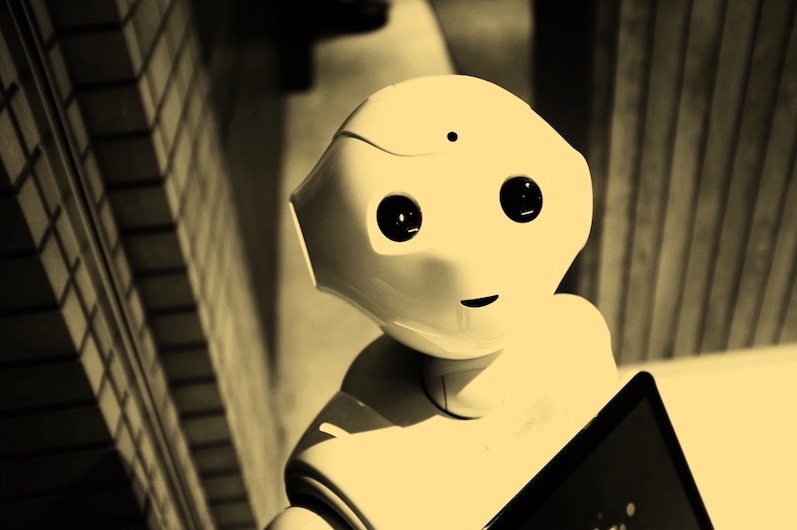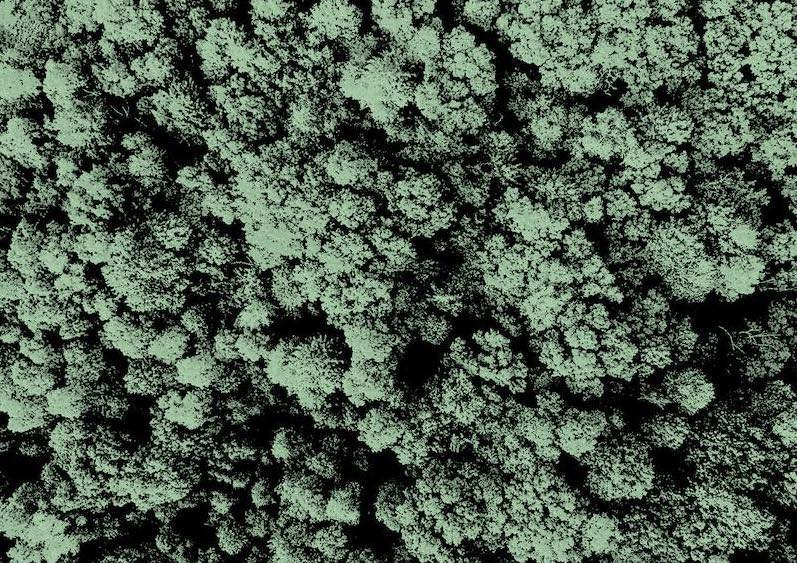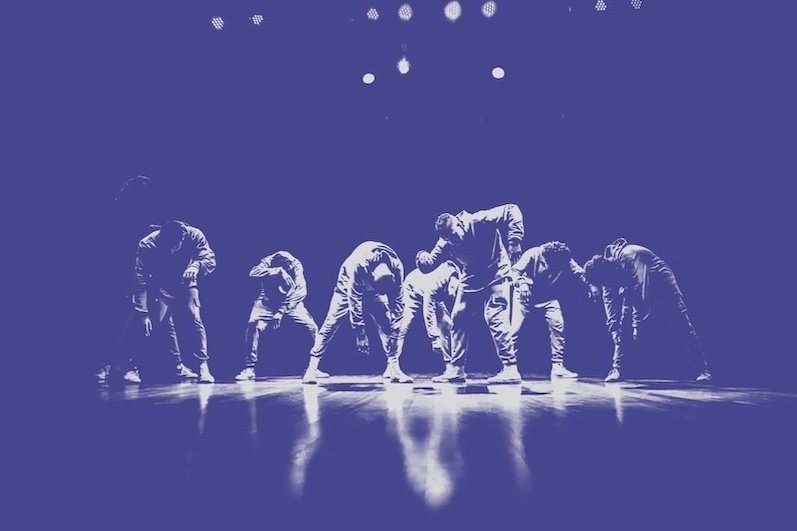What is it about?
Paralysing strokes and strokes that cause tremour and inability to walk recover movements and stability after early treatment with optokinetic chart stimulation. People paralysed by prolonged stay in an intensive care unit remarkably regain muscle strength after treatment with optokinetic chart stimulation. This allows people disabled by these conditions to regain the ability to walk again.
Featured Image

Photo by Robina Weermeijer on Unsplash
Why is it important?
Source of problem neurorehabilitation through use of optokinetic chart stimulation helps avoid preventable prolonged paralysis and loss of the ability to walk. Practising tasks with the body reaches its limits if the brain itself is not appropriately stimulated to recover.
Perspectives
Science has evolved a lot since the 1894 model upon which neurorehabilitation is still based. Source of the problem neurorehabilitation is key for non-hereditory and non-progressive acquired brain injuries. Practising tasks with the body and limbs reaches its limits as it skips a whole cascade of synapses necessasry for neuroplasticity.
Mr Benjamin Chitambira
Neurorestorative and Neurorehabilitation Solutions Ltd
Read the Original
This page is a summary of: Use of an optokinetic chart stimulation intervention for restoration of voluntary movement, postural control and mobility in acute stroke patients and one post intensive care polyneuropathy patient: A case series, NeuroRehabilitation, March 2011, IOS Press,
DOI: 10.3233/nre-2011-0638.
You can read the full text:
Contributors
The following have contributed to this page

